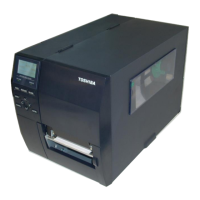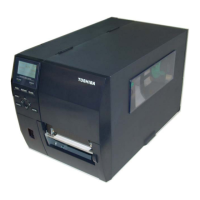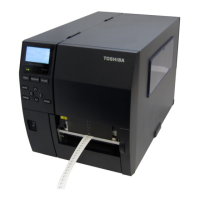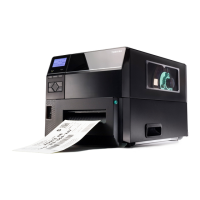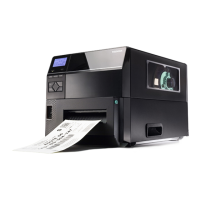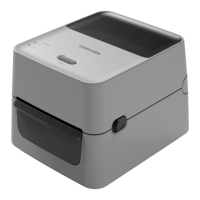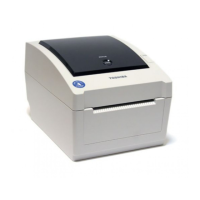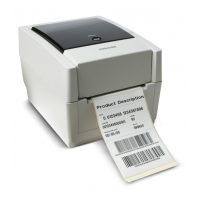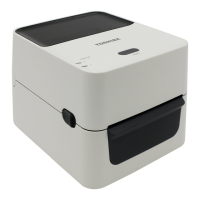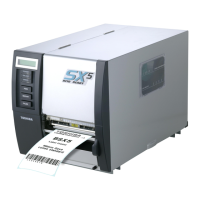What does 'Low Battery' mean on my Toshiba Barcode Reader?
- AApril BrownSep 18, 2025
If your Toshiba Barcode Reader displays 'LOW BATTERY', it means the voltage of the Real Time Clock Battery is low. If you want to keep using the same battery, turn off the printer and start it in system mode. Set the date and time for the RTC again and reset the printer, then place it in online. As long as the power is on, this date and time will be effective. For a permanent solution, contact a TOSHIBA TEC authorised service representative for battery replacement.
